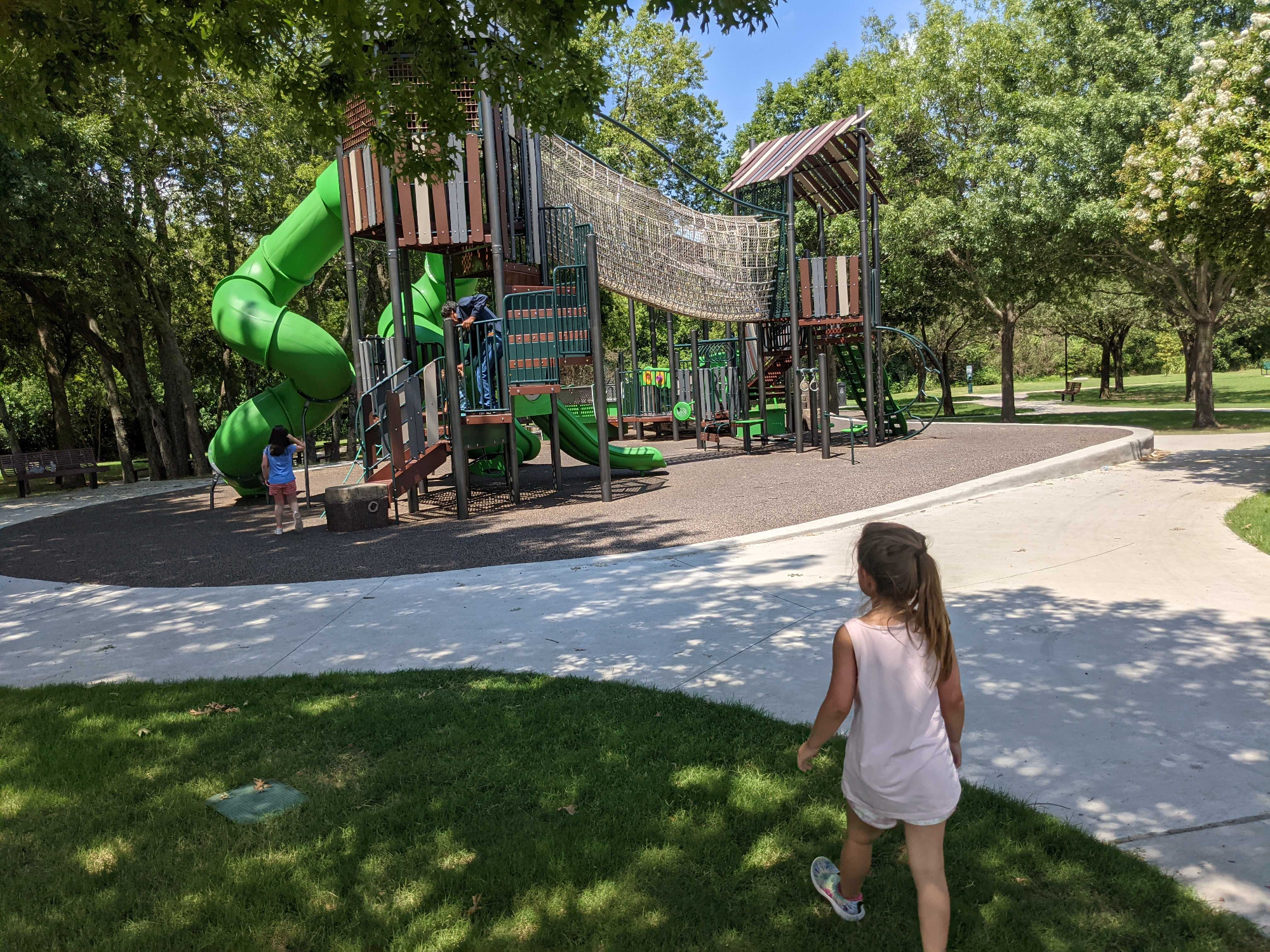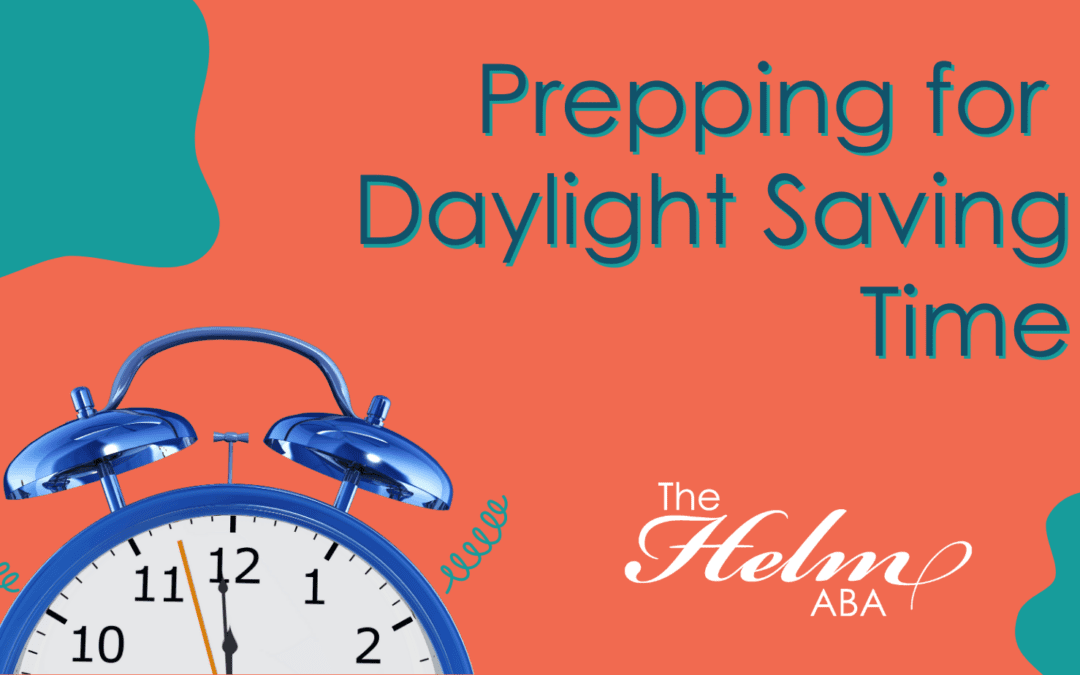Daylight saving has some pretty great advantages. More sunlight means more fun outdoor activities with the family, and who doesn’t want that? But as great as that is, daylight saving does come with some disadvantages, too. Particularly at the very beginning.
We’ve all heard the stats about the number of health problems and car accidents that increase due to the time change. And while those things are definitely something to keep in mind, the less serious stuff can have a real impact, too. When you have a child with autism, especially one who is routine bound, any drastic change can cause problems. So let’s look at some things you can do to ease the transition.
Time to Talk
The first and most important thing you can do is talk about what is coming. There are lots of videos out there explaining it, but this one is short and sweet. It can be very helpful for your kiddo to understand why time is changing.
It is also important to talk about what might change because of the clocks moving forward. Things like how it may still be dark in the morning when you wake up. Think about how confusing that would be if you didn’t understand why. Schedules may also look a little different, and while that will vary from family to family, any front loading of information is beneficial.
Social Stories
If there are going to be lots of big changes for your family, we suggest writing a simple social story to share with your kiddos. We love to work on stories together, maybe you write and they draw what they hear. This is really just an extension of having a conversation about it, but for some kids, social stories work better.
Start Now
Study after study shows that slowly changing your sleep schedule over time has a hugely positive impact on the effect of daylight saving time. It is highly recommended to start going to sleep 15 minutes earlier every night for about a week. This will help eliminate the loss that occurs during the time jump. With DST happening on March 12th this year, starting a sleep change on the 5th or 6th can make a huge difference.
Even if you are reading this with only a couple of days to go, you may still want to give this a shot. Every little bit helps!
Tire Them Out
If you do nothing else on this list, give this a shot. Especially on the day of and next couple of days after, try to get even more exercise than normal. This goes for you, too! Run, play, jump, dance, do whatever you want, but try to tucker the family out. Being physically active leads to be sleep in any circumstance, but it’s very helpful here. Your body gets used to the rhythm of your life, and when there is such a abrupt change, it can cause problems.
than normal. This goes for you, too! Run, play, jump, dance, do whatever you want, but try to tucker the family out. Being physically active leads to be sleep in any circumstance, but it’s very helpful here. Your body gets used to the rhythm of your life, and when there is such a abrupt change, it can cause problems.
If you get your kiddo wiped out, they will be much more likely to sleep. For a few days, really push the physical activity. Turn off the electronics and enjoy the newfound sunlight!
Anytime time changes, it’s difficult, but with these tips, we hope that this daylight saving time will be the easiest one yet. If you need more help, please reach out!

